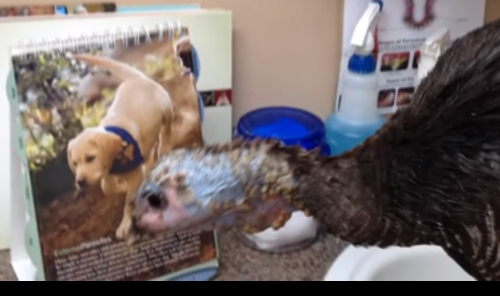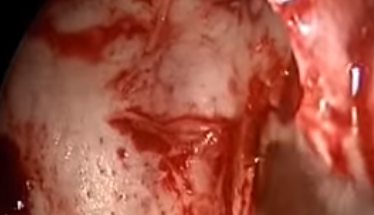Description:
Candida albicans is one of the fungal species most commonly causing life threatening infections in vulnerable patients. Our group is studying the mitochondria in Candida albicans cells.
Just like in our cells the mitochondria are the batteries of the cell, producing energy required for growth and in fungal cells can also influence infection.
The mitochondria can influence components of the fungal cell wall and its ability to infect us.
If we understand how mitochondria are influencing these factors, we can develop new anti-fungals or we can use existing anti-fungals in new combinations in order to tackle life threatening infections.
Lucian Duvenage works in Dr Campbell Gourlay’s lab at the University of Kent
Medical and Patient education videos
-
Title
Description
-
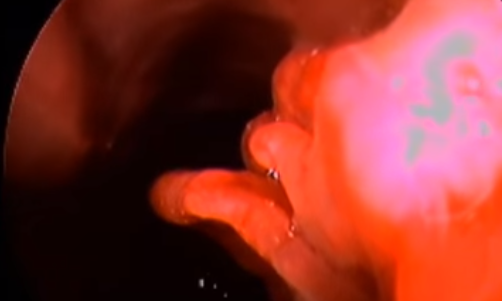
Nasal aspergillosis in 8 years old dog with sneezing, reverse sneezing and epistaxis. After rhinoscopy the nasal cavity was flooded with 10% enilconazole solution during 60 min. We had to change the type of scope to clean the fungal plaque over the caudal recess of the right frontal sinus.
-

Published on 31 Jan 2015 Dr Gemma Johnson, Public Health England
-

Published on 10 Jul 2014.
Patient information video outlining the role of antibody testing in the management of Aspergillosis
-
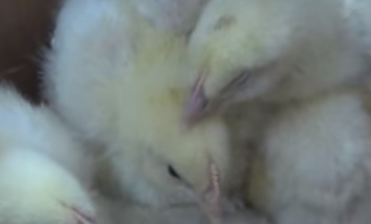
Published on 2 Nov 2013.
Gasping is a typical sign of aspergillosis in chicks.
-
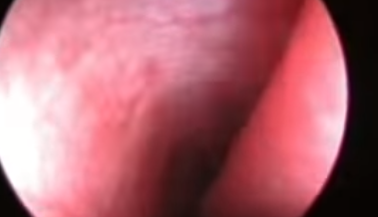
Published on 4 Apr 2013.
Placa micótica sobre cornete etmoidal con destrucción de turbinado. Perra mestiza de 9 años de edad con descarga nasal unilateral muco-sanguinolenta.
[Mycotic plate on ethmoid turbinate with tissue destruction. Bitch, 9 years old, nasal unilateral discharge.]
-

Published on 27 May 2013.
Paper presented at the Annual Meeting of the Lebanese Pulmonary Society – Mövenpick Hotel – April 24th to 27th, 2013 – Beirut – Lebanon Conférence présentée lors du Congrès annuel de la Société Libanaise de Pneumologie – Hôtel Mövenpick – 24 au 27 avril 2013 – Beyrouth – Liban
-
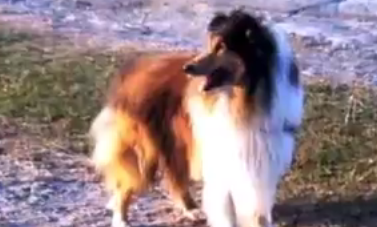
Moffe is a dog that got well from Nasal Aspergillosis. He is a collie, born with a brain damage, as has been documented with cerebral CT scan, he is blind at one eye and deaf at one ear, he is scared of strange places and slippery floors, and is skinny with poor appetite. When he was 7 years old, he was diagnosed with gingivitis and nasal Aspergillosis. According to scientific papers, Aspergillosis is hard to treat, and the veterinaries strongly recommended euthanasia. However, a dentist veterinarian proposed to try to retract some teeth. After this, he recovered. He did not receive any treatment for the Aspergillosis besides retraction of teeth. Now, more than two years ago, he has not had any more problems with his nose or his teeth. I hope this information could be of interest to other owners of dogs with Aspergillosis.
-

Fighting the agile aspergillosis by David Denning

